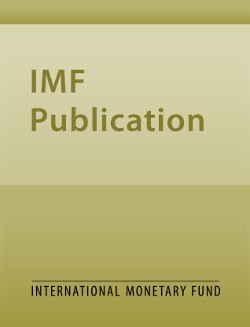
In the Eye of the Storm Firms and Capital Destruction in India
In the Eye of the Storm Firms and Capital Destruction in India
READ MORE...
Volume/Issue:
Volume 2020
Issue 203
Publication date: September 2020
ISBN: 9781513554488
$18.00
Add to Cart by clicking price of the language and format you'd like to purchase
Available Languages and Formats
| English |
Prices in red indicate formats that are not yet available but are forthcoming.
Topics covered in this book
This title contains information about the following subjects.
Click on a subject if you would like to see other titles with the same subjects.
Exports and Imports , Natural Disasters , WP , ISIC firm , single-establishment firm , tropical storm , firm-industry sales , industry line , intensity industry , industry-year FE , subscript f , ISIC industry , Comparative advantage , Total factor productivity , Capital productivity , Natural disasters , Productivity , Global , firms , capital , creative destruction , storms , Asia and Pacific
Summary
This paper examines the response of firms to capital destruction, using a new measure of firm exposure to tropical storms as a negative exogenous shock on firms’ capital stock. Drawing on a panel of Indian manufacturing firms between 1995 and 2006, we establish that, depending on their strength, storms destroy up to 75.3% of the fixed assets of the median firm (in terms of its productivity and industry performance). We quantify the response of firm sales within and across industries and find effects akin to Schumpeterian creative destruction, where surviving firms build back better. Within an industry, the sales of less productive firms decrease disproportionately more, while across industries capital destruction leads to a shift in sales towards more performing industries. This build-back better effect is driven by firms active in multiple industries and, to a large extent, by shifts in the firm-level production mix within a firm’s active set of industries. Finally, while there is no evidence that firms adjust by investing in new industry lines, firms tend to abandon production in industries that exhibit lower comparative advantage.
Copyright © 2010 - 2024
Powered by:
AIDC



